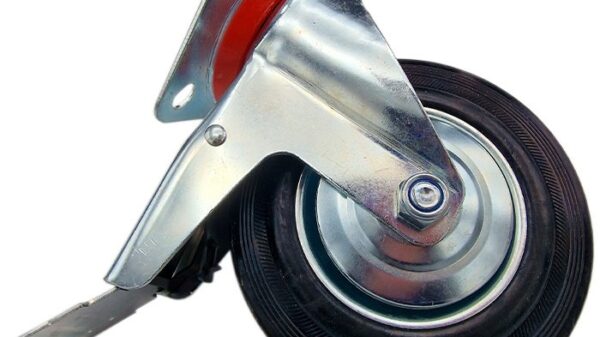In order to carry out the correct preparation for further finishing work, such as painting, wallpapering, plastering or laying tiles, tiles must be used. Is it really necessary?
The mixtures, impregnating the surface, provide better adhesion of the base and the future coating, strengthen the base. In case of subsequent repairs, ensure that the coating is removed without damaging the surface. Ensures uniform application of other finishing materials, paints, wallpaper glue and plaster with putty.
Many people refuse to use primers when working with concrete. The consequences are not long in coming — falling off raids, walls in divorces and cracks.
The modern market provides primers for all surfaces. For dense surfaces with low porosity, a primer with high adhesion properties is required. A loose multi-pore base requires a deep penetration blend. If the base with low porosity, we purchase a universal primer.
For each subsequent type of finish, a special mixture is used for this coating. Soils differ in composition, they may contain — film-forming substances, additives that impart and increase properties, coloring and affecting the drying time of substances. All this affects the basis of primers, which are: mineral, alkyd, acrylic. In some cases, children’s playgrounds for summer cottages also need this..
To speed up the initial treatment of the substrate, use a mineral-based primer. Ideal for surfaces such as concrete, brick, blocks of various types. Cement acts as a binder.
For gypsum, cement, concrete, glass wallpaper, painted and wooden surfaces, as well as drywall, acrylic primers are used. Fast drying properties are possessed by primers where the alkyd base.
New, wood painted surfaces are ideal for this material. They are used for fiberglass, PVC plastic, tiles, galvanized steel. Narrow specification primers are water repellent, antimicrobial and antifungal.



